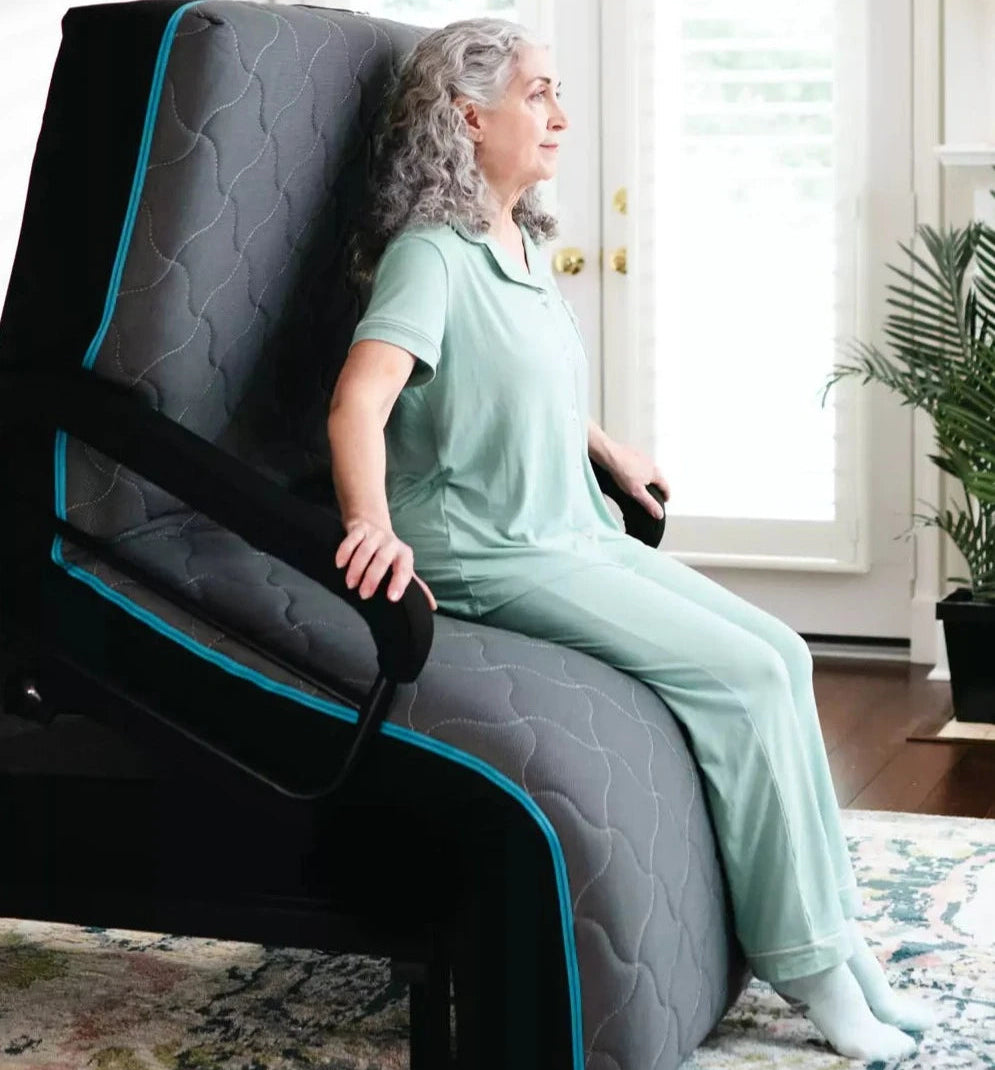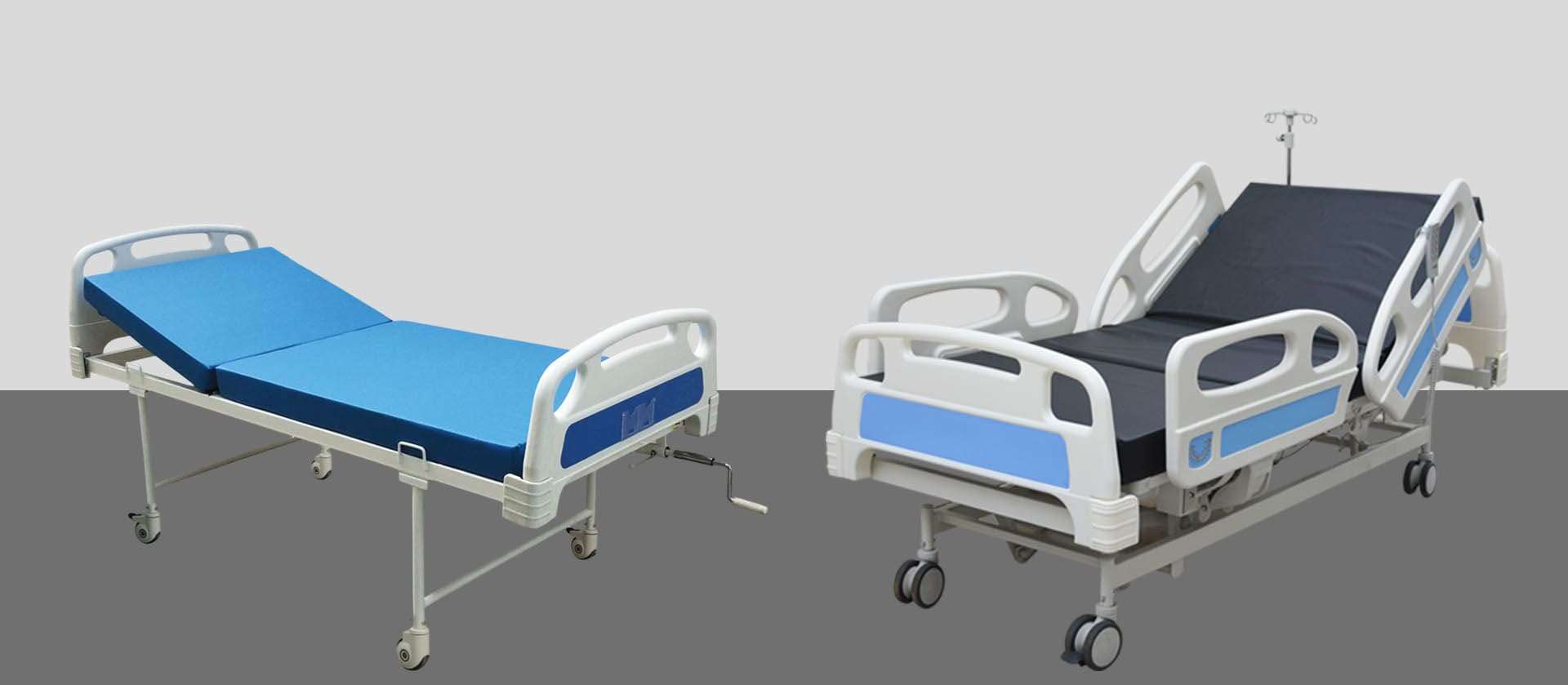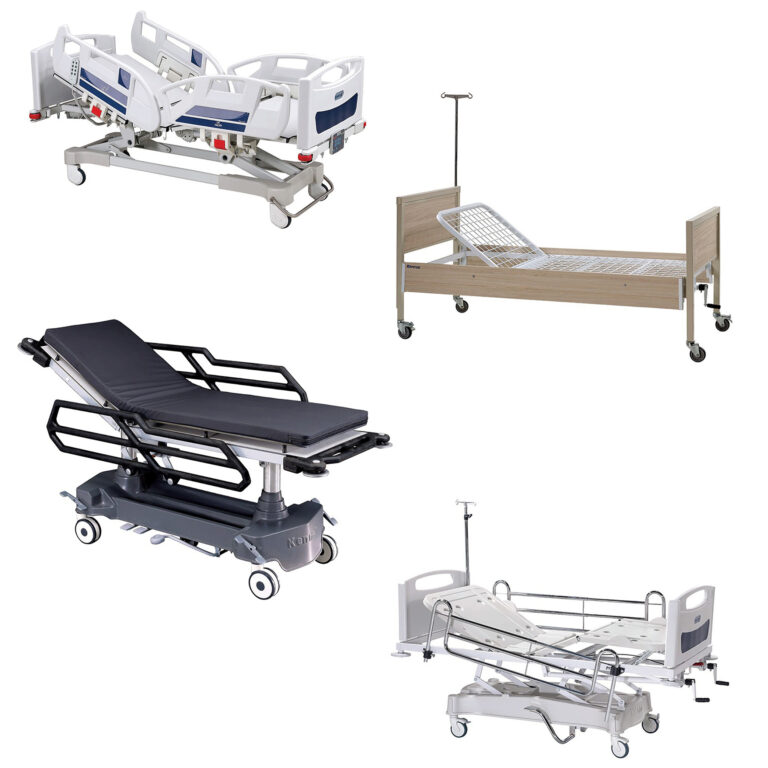All about Hospital Beds For Home Use
Table of ContentsThe Best Strategy To Use For Hospital Beds For Home UseFacts About Hospital Beds For Home Use RevealedFacts About Hospital Beds For Home Use UncoveredThe 45-Second Trick For Hospital Beds For Home UseHospital Beds For Home Use Can Be Fun For AnyoneUnknown Facts About Hospital Beds For Home UseThe 2-Minute Rule for Hospital Beds For Home Use
There are three primary types of hospital beds: manual, semi-electric, and fully-electric. These beds make use of hand cranks to change the bed's elevation and elevate and reduce the head and the foot.
Semi-electric beds have an electric motor to elevate and lower the head and foot portions of the bed (hospital beds for home use). Full-electric beds have an electric motor that can raise the head and foot areas of the bed as well as the whole height and positioning of the bed.
9 Simple Techniques For Hospital Beds For Home Use
There are several kinds of healthcare facility beds, each created to meet certain person needs. Right here are some common types: This is the most usual type of hospital bed, designed for general clinical use.
Reduced to the ground than a common bed. This kind of bed is made for larger patients, with a larger framework and greater weight capability than a standard bed. This kind of bed is made especially for youngsters, with smaller sizes than a basic bed. Special features such as complete length side rails and cartoon design.
This kind of bed is created for seriously ill people who need open tracking and specialized clinical tools such as ventilators and infusion pumps. This type of bed is created for use during labor and shipment, with flexible settings and features to support the mother and child throughout the birth process.
9 Simple Techniques For Hospital Beds For Home Use
Several feature and the devices execute expanding traction to various parts of the vertebra and the extremities without moving the body. These are just a few instances of the kinds of hospital beds readily available. The details kind of bed utilized will certainly rely on the client's problem, medical requirements, and other variables.
Below is the point you require to recognize. A one-function hospital bed is a clinical bed that allows a client to relocate only the head or foot area up or down. A 2 feature hospital bed generally describes a kind of medical bed that has two adjustable functions to help individuals in healthcare facilities or treatment facilities.

The 10-Minute Rule for Hospital Beds For Home Use
A 7-function ICU bed is a sort of clinical bed that supplies several adjustable features to sustain critically sick individuals in an intensive treatment unit (ICU) (hospital beds for home use). The 7 features normally consist of: Back-rest adjustment: The back-rest can be adjusted to different angles to aid the client stay up or rest pleasantly
Height modification: The bed can be raised or lowered to make it simpler for people to enter and out of bed, and for caretakers to offer care. Trendelenburg position: The entire bed can be tilted to advertise blood circulation and circulation in the body. Reverse Trendelenburg placement: The bed can also be slanted browse around this web-site in the contrary instructions to promote blood circulation and blood circulation in the top body.
While more inexpensive than electric models, these beds require exertion for adjustments. The main benefits of hands-on beds are their price and integrity, as they don't depend on power. The demand for manual initiative can be a restriction in scenarios where quick changes are required or where caretakers deal with physical obstacles.
The 3-Minute Rule for Hospital Beds For Home Use
Semi-electric hospital beds supply a balance of handbook and electric controls. These beds supply a suitable center ground between handbook and fully electric options, offering simplicity of use without the full expense of electrical models.
Semi-electric beds are well-suited for clients that need modest changes to the head and foot sections yet can manage without regular elevation modifications. This makes them a cost-effective remedy for those seeking convenience and benefit without the demand for consistent repositioning. Completely electric hospital beds feature electric controls for smooth modifications to the height, head, and foot sections.
Specialty medical facility beds, such as ICU beds, lasting treatment beds, and bariatric beds, are carefully made to address details medical requirements. These beds provide tailored take care of varied patient teams, improving both outcomes and comfort. In the following areas, we will discover the major kinds of specialty health center beds, outlining their certain advantages and applications.
With years of experience in producing electrical direct actuators - hospital beds for home use and close cooperation with the healthcare industry, TiMOTION is well-positioned to offer trustworthy medical care options. Our vertically incorporated firm takes care of every action of the manufacturing procedure, from design to actuator assembly, ensuring we supply remarkable value and customized solutions customized to your details demands
3 Easy Facts About Hospital Beds For Home Use Described

To find out more regarding integrating these technologies right into your products, call us today. Additional analysis:.
Information is sourced from the Medicare Expense Report. Accessed January 2025. Short-term severe treatment health centers have the greatest ordinary variety visit this page of beds at 187. They are one of the most usual sort of healthcare facility in the U.S. and make up even more than 50% of united state healthcare facilities. Children's medical facilities have 178 beds on standard and VA hospitals ordinary 175 beds.

Excitement About Hospital Beds For Home Use
A hospital bed is a bed made particularly for medical purposes. It is not only a place for individuals to relax, yet additionally a platform for medical operations. Unlike average home beds, medical facility beds normally have flexible attributes, which can assist in medical personnel to make different modifications according to the demands of individuals, such as altering the height, inclination, and assistance angle of the back and legs of the bed.